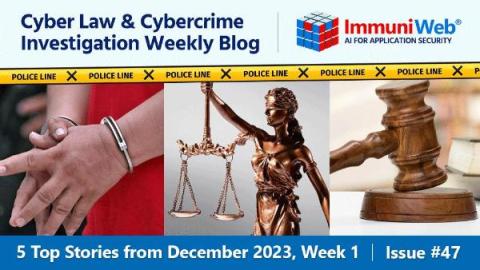Deepfakes: The New Face of Fraud
Security analysts at identity vendor Sumsub are seeing a massive rise in the use of deepfake fraud in their Identity Fraud Report 2023. And one country may be to blame. While Sumsub’s focus is more around all forms of identity security, it's witnessing a significant increase in deepfakes, as deepfakes are a form of identity fraud. According to Sumsub, the top three fraud trends identified were: The approximate overall growth rate worldwide for the use of deepfakes is 10x.










